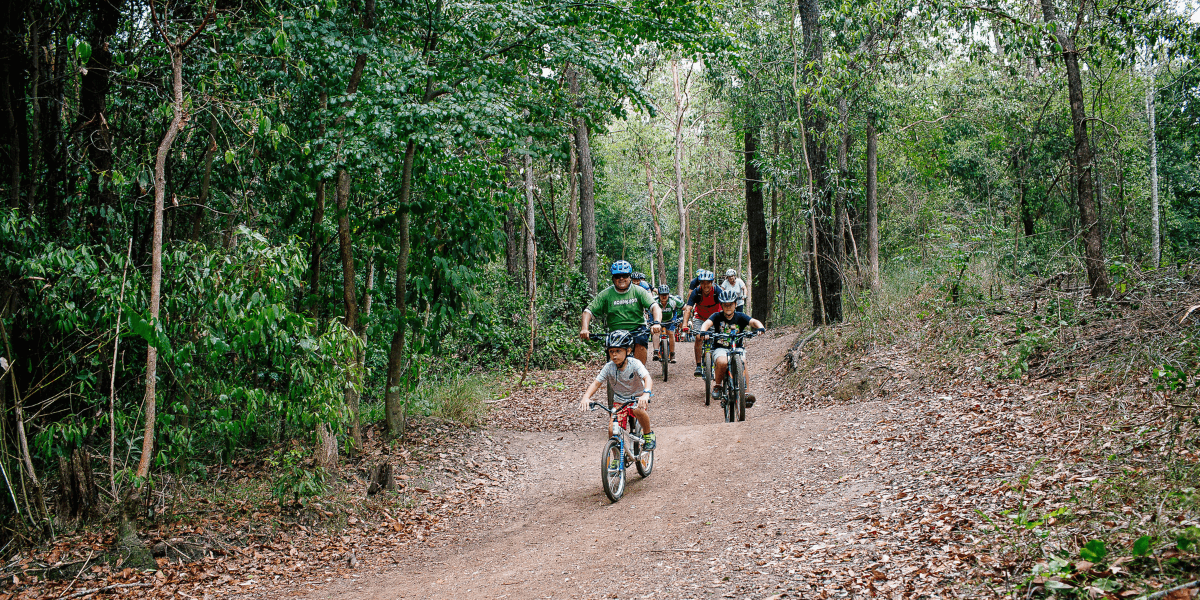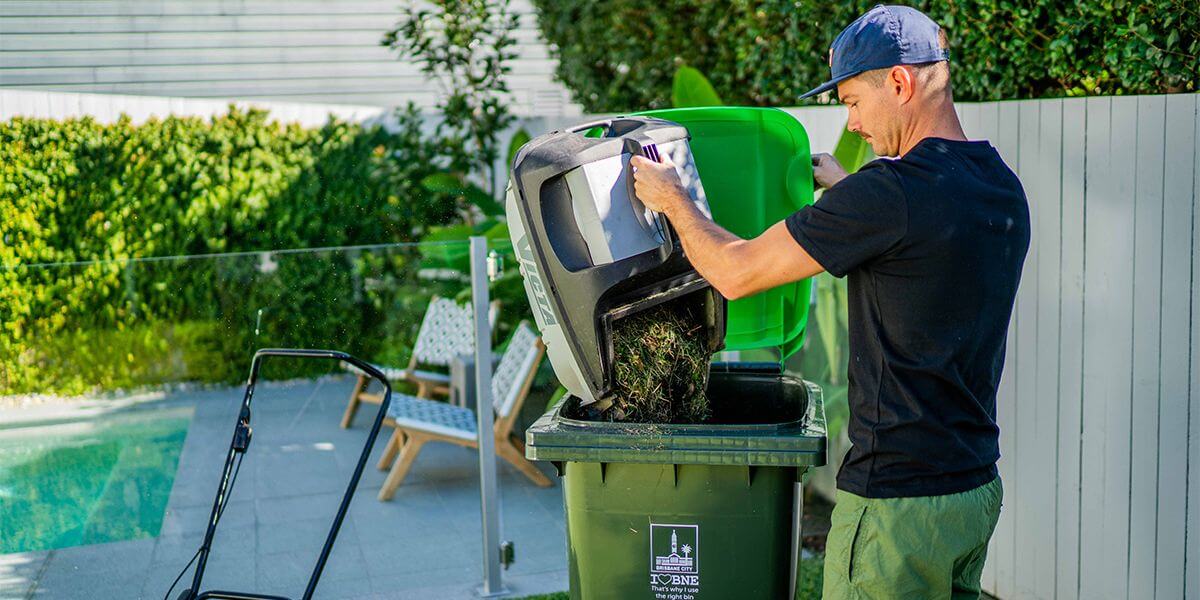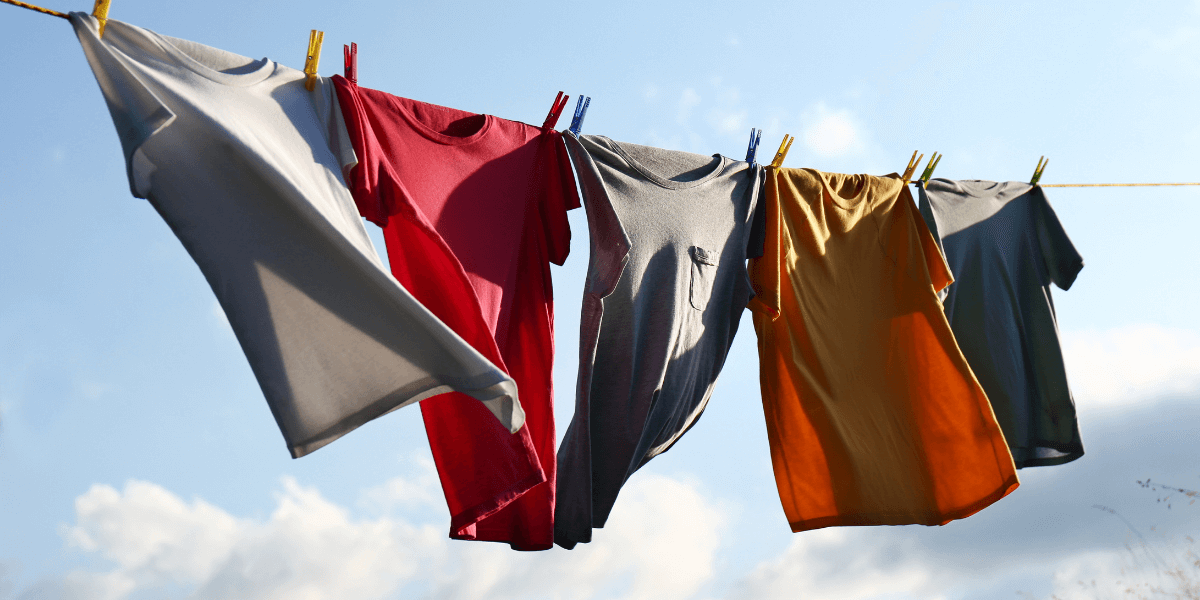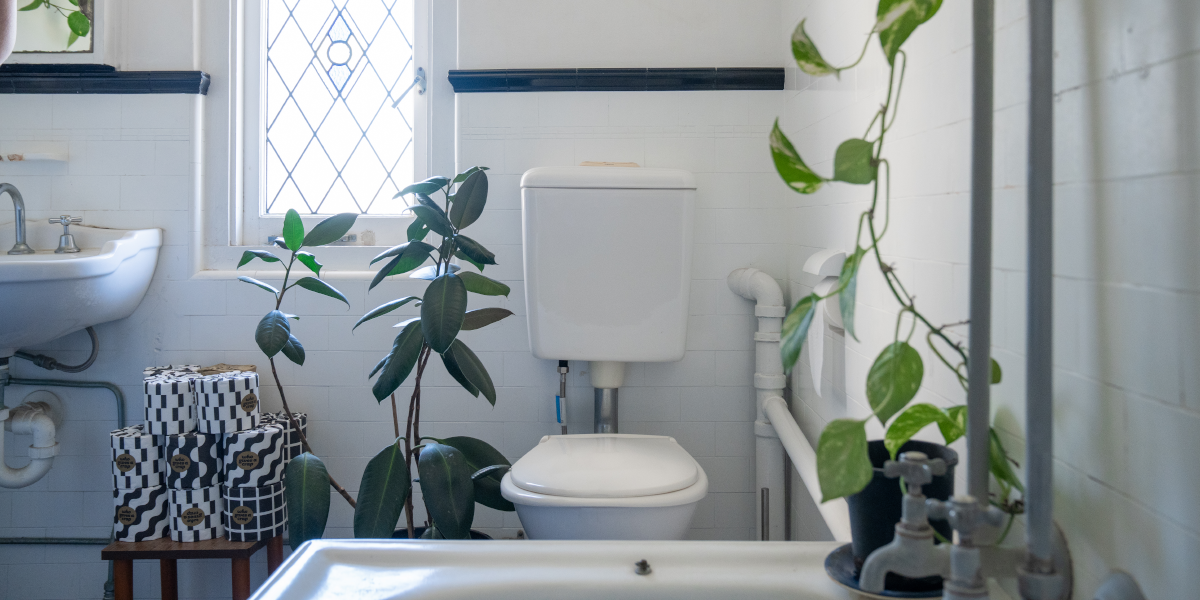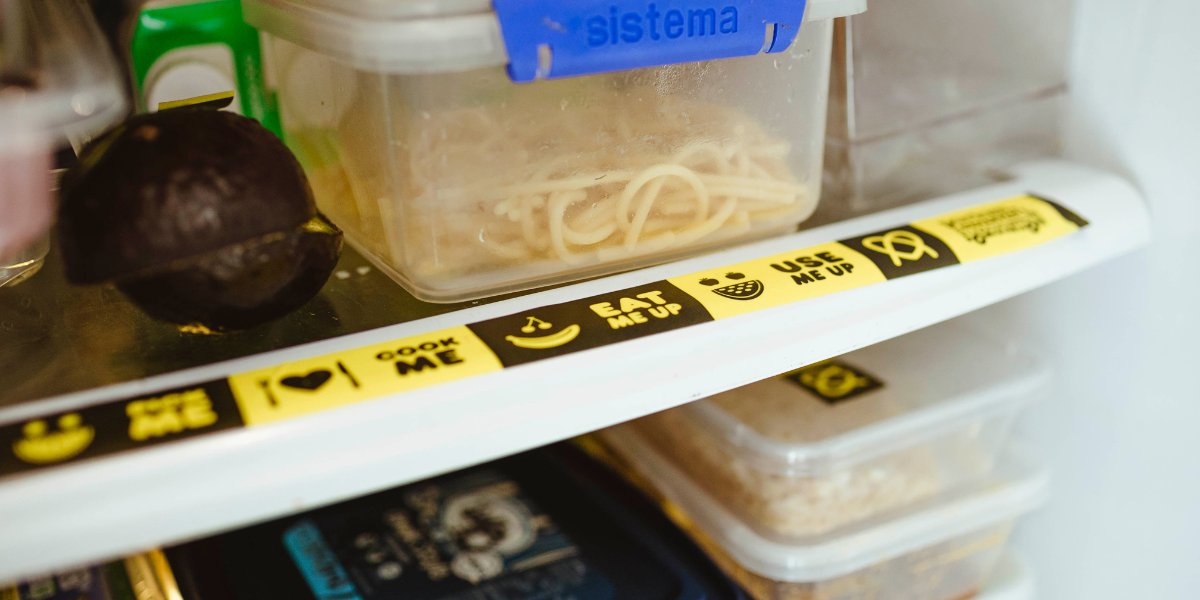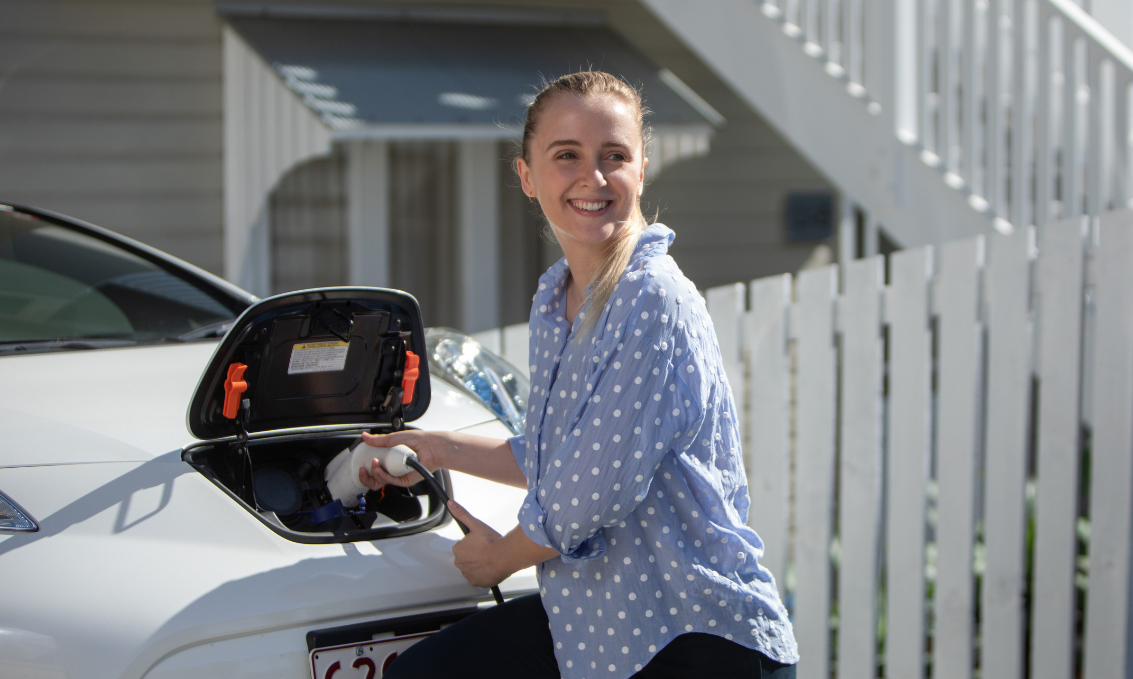REDUCE EMISSIONS
HOW TO HAVE A LOW-CARBON HOLIDAY
The holidays don’t have to come at a cost to our planet’s health. Sam Mullen talks to champion households of the Brisbane Carbon Challenge about how they are having a low-carbon holiday.
The holidays are a wonderful opportunity to unwind, catch up with friends and family and eat way too much (that’s not just us, right?). But with Australians set to spend $1,479 each on presents, food and travel, all the excess consumption can put a strain on our beautiful environment. In fact, a UK report suggests that 5.5% of the average person’s annual carbon emissions may be emitted in just three days over Christmas! Over this period, having a low-carbon holiday can feel a bit like a distant dream.
Thankfully, you don’t have to live in a cave in the mountains like the Grinch to have a low-carbon holiday. There are households all over Brisbane taking the Brisbane Carbon Challenge and showing that you can reduce your carbon footprint without compromising your lifestyle, even during the holidays. We chatted to some of our Champion Households to get their expert tips and advice for a low-carbon holiday.
TRAVEL ‘LIGHTLY’
Greg and Jo Lomas own their home in McDowall. While the Lomas’ know that their annual carbon emissions of 7.6 tonnes sit comfortably below the Brisbane average of 11.5 tonnes, they are enthusiastic participants in the Brisbane Carbon Challenge and are determined to halve their household footprint. The main focus for Greg and Jo has been reducing emissions from home energy by switching to GreenPower, upgrading their fridge and installing smart home products. However, transport is still a significant contributor to the average household emissions (roughly 48%) and Greg knows that this can’t be ignored over the holidays. He suggests holidaying in Queensland and ‘travelling by train‘.
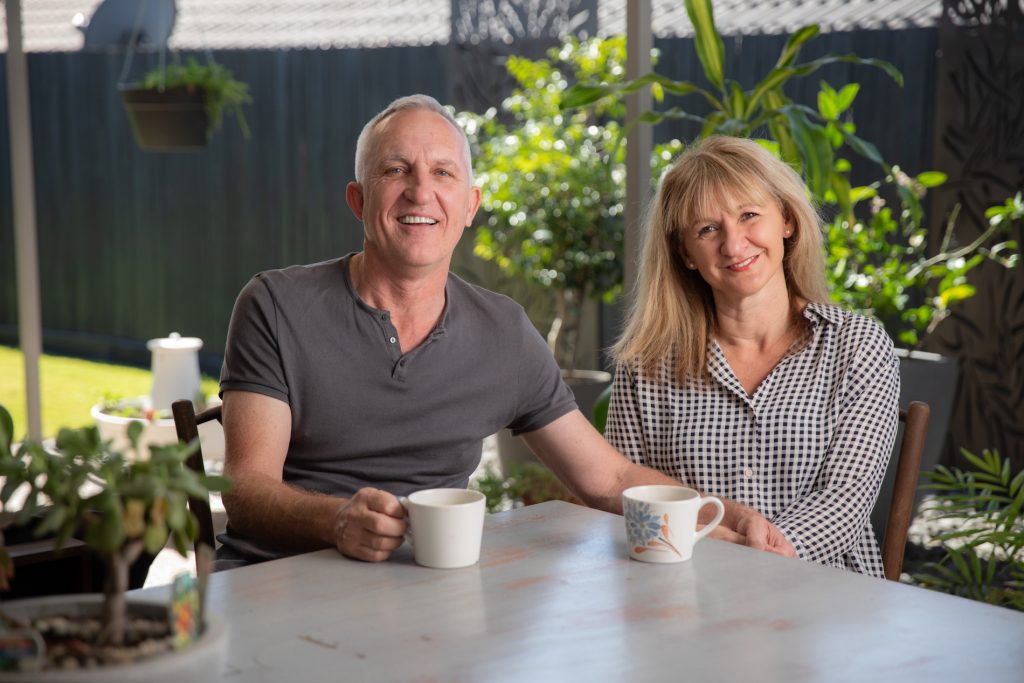
Travelling by train is an excellent way to keep your carbon emissions down and can be a convenient alternative to the car as we visit friends or family and migrate to the beaches in the warm weather. When travelling solo, going by car produces more than 8 times the carbon emissions of catching a train. Using the Translink journey planner can help you plan your low-carbon travels, even for those longer beach trips!
REDUCE, REUSE, RECYCLE
If you’re sick of us talking about the three R’s at Live for Less, we’re sorry to tell you but with Australians generating up to 50% more waste over the silly season, we’re not going to stop any time soon!
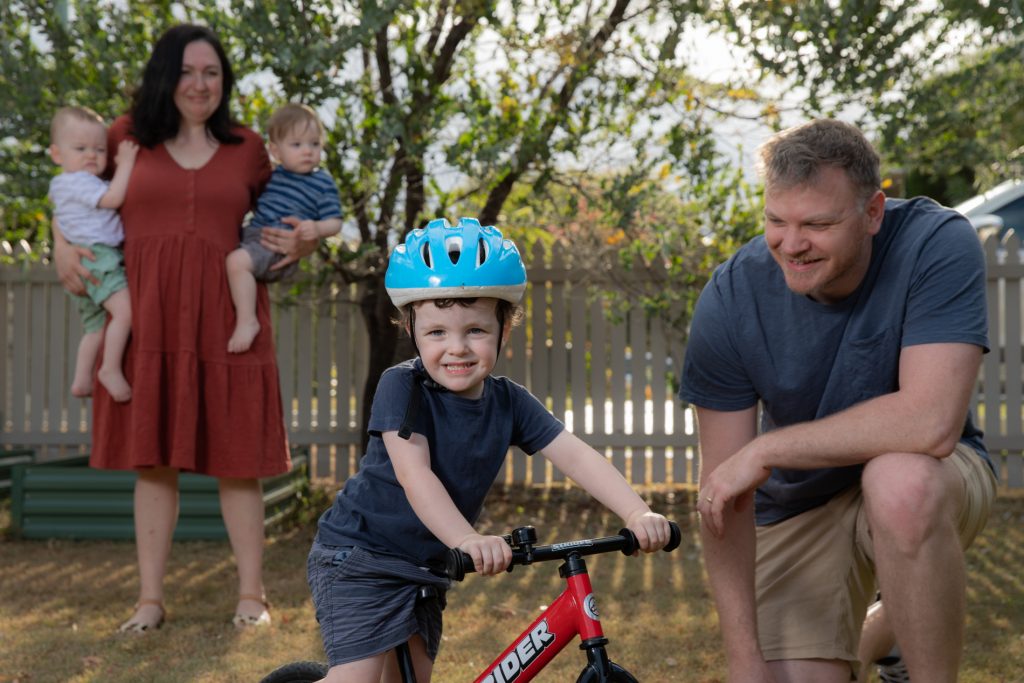
Emma and Brendan Boyd have three sons under the age of five so they know a thing or two about having a full, busy home. However, this hasn’t stopped them from taking the Brisbane Carbon Challenge and working to reduce their emissions from 11.3 tonnes annually to 5.6 tonnes. For the Boyds, a big focus over Christmas is reducing waste. Brendan recommends:
‘Consider using your local ‘Buy nothing’ Facebook group to gift things that others could use for gifts or decorations for the holiday season, and even choosing gifts from other people’s listings in your local area. This will help reduce waste by reusing items that still have life in them, and swapping items with people in your neighbourhood means no one is travelling too far to retrieve their new items.‘
HAVE AN ENERGY-SAVVY SUMMER
Declan Hearne, Verna and their children aim to reduce their household carbon emissions from 8.3 tonnes to 4.1 tonnes as part of the Brisbane Carbon Challenge. To do this, they’re focusing on their home energy use as it is responsible for 50% of their household carbon footprint. This is a great way to start lowering your household emissions, particularly in summer, as energy consumption in Queensland has been 18% higher in summer than in winter for the last ten years.
But look, we get it. As our summers get warmer, our desire for aircon and other energy-guzzling appliances grows. Thankfully, you can still stay cool and comfortable in the summer heat while saving on energy and related bills. Declan recommends considering whether ‘you really need the aircon when kids are in and out of the house,‘ and instead, ‘just have it on for a bit when they need to chill out from the midday sun’.
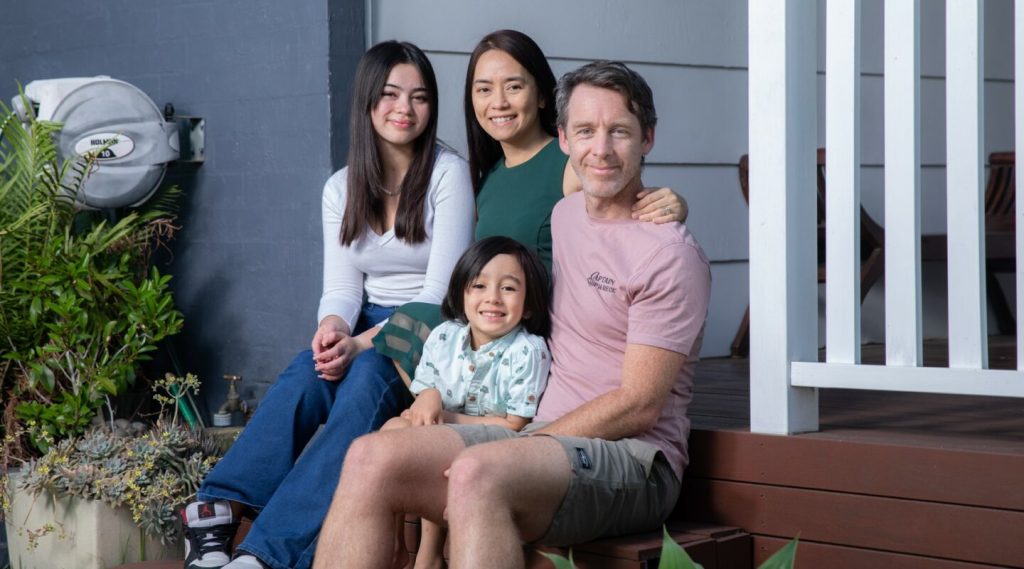
Speaking of aircon, Brendan Boyd also suggests to ‘get your air conditioners cleaned/serviced before the weather heats up to improve their efficiency.’
Wondering how your festive lights will impact your bill, or not sure what appliances in your house are the biggest culprits when it comes to energy consumption? We recommend installing a home energy monitoring system (HEMS) from PhiSaver. For Hannah Churton, using the device helps make the invisible visible, “as [we] can see the impact it makes visually on the HEMS.”
This decision has significantly impacted their household energy consumption and bills; “monitoring energy use through the system, [using] solar and adapting our behaviours” helped the Churton household reduce their energy bill to just $12 last quarter!
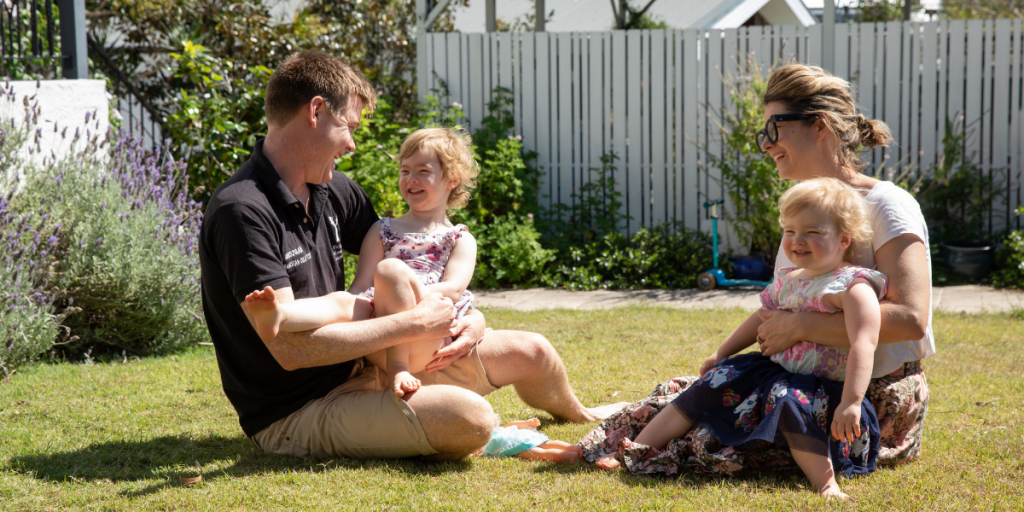
While minimising your carbon footprint over the holidays is important, try developing habits to live a low-carbon life all year round. Whether you’re a family, single-person household, sharing or renting your home, there are many things you can do to live a low-carbon life.
The best place to start is taking the Brisbane Carbon Challenge and calculating your household carbon emissions to see how you compare to your neighbours. With a bit of determination, you can use the resources and choose from a comprehensive list of actions that will help halve your carbon footprint.
We hope you have a happy holiday, for less!
The author

Sam Mullen
Sam is a sustainability specialist at Brisbane Sustainability Agency and enjoys helping residents and community groups understand and reduce their climate impact while also promoting a circular economy.

